Russian Center in Serbia reacts: We are no spies
Friday, 14.07.2017.
14:17
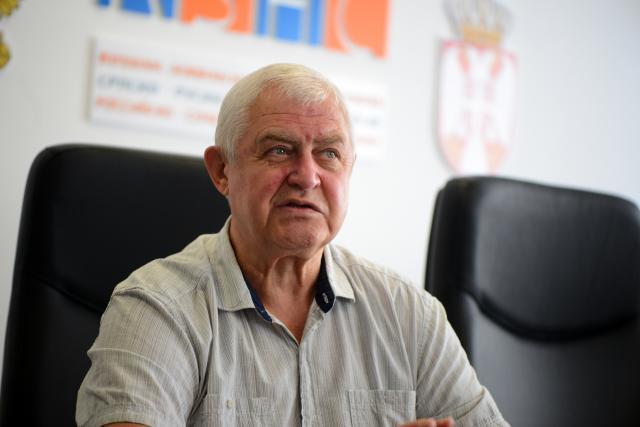
Russian Center in Serbia reacts: We are no spies
This is what the Center's Russian director, Vyacheslav Nikolayevich Vlasenko, told Tanjug on July 9 - noting that on July 12, representatives of the US embassy in Belgrade were supposed to visit the center - adding that the facility's work is transparent, and its doors open to everyone."The western media have not visited us - but from the start, they have been reporting that something here is not the way it should be - supported by no arguments, but obviously, from a hostile point of view," Vlasenko told Tanjug, responding to those US officials who said the Center, established in 2012 - "could potentially be used for espionage."
Vlasenko recalled that the Center, set up through an inter-governmental agreement, is above all responding to emergency situations - wildfires or floods - and ais also training local personnel.
"The training is being carried out using the equipment we have here, as well as in the Russian Federation, where we train about 100 people each year. This is financed by Russia. In three years, we trained about 300 people," Vlasenko said, remarking that natural disasters "know no administrative boundaries."
A few days ago, he explained, the training of a team from Hungary was completed in Nis.
"Eight Hungarians from a humanitarian organization from central Hungary came here and we trained them. It is a NATO country, but work is work, and putting out fires is putting out fires. There's no politics there," Vlasenko said.
He noted that the Center has begun to strengthen its ties with the surrounding countries - with Macedonia, Bosnia-Herzegovina, the Serb Republic - but not, he said, with Montenegro and Croatia.
"That cooperation is missing for now. In the beginning, there were such attempts, but failed," Vlasenko said, stressing at the same time that there are people from Macedonia and Bosnia-Herzegovina in the groups sent to Moscow and St. Petersburg for training.
Asked what receiving diplomatic status - a point that has been seriously politicized - would mean for the Center, he said that in early 2012, when the agreement to establish the Center was signed between Serbian and Russian governments, "they did not even pay any attention to the status issue."
"The Center was organized, everyone said, 'okay, we are friends, we are Orthodox (Christians), everything is going great' - but after that, Serbia signed the agreement on the Civil Protection Mechanism with the EU. They train Serbs to fulfill EU regulations on civil protection in classes, but there is no practical training," Vlasenko said.
However, as he stressed, when the Serbian Assembly signed a cooperation agreement in the field of logistical support with NATO and gave it diplomatic immunity, it was "the real beginning of the story about our status."
"Why does NATO - such a friendly and humanitarian organization - have such immunity, and we do not?" Vlasenko asked.
And the advantage of this status, he continued, is that the Center would not have to pay a portion of taxes levied on imported equipment, as well as some other duties.
"We would pay less for utilities, we would not be paying the staff, the accommodation, which we do now," Vlasenko said, and explained that the most important point was that the money now spent for these purposes "could be better used."
"The cost of our entire project for three years in Nis ranges from 41 to 42 million euros. For example, Russia gave 18 firetrucks to Serbia. These are expensive MAN trucks with all necessary equipment. There were also 20 Niva vehicles and equipment, and it all cost between 17 and 20 million euros," Vlasenko said.
He stressed that the Center would spend less if its diplomatic status were to be resolved, and that several more vehicles could have been bought for the money paid for taxes.
When the reporter said that new Prime Minister Ana Brnabic stated "a few days ago" that the status of the Serbian-Russian Center in Nis was a priority for the new government, and promised to "work hard on solving all outstanding issues", Vlasenko said:
"We had hoped before, and we are still hoping. We have heard about it from Russian sources as well, and read about it in Serbian newspapers. We have been working for three years without status, and I presume - and that is the assessment of various sources - we worked successfully," Vlasenko added.
He recalled the help this Center provided during the floods in Serbia and the region, when Russian planes and personnel were sent here.
He explained that they also helped in accepting migrants, and building accommodation for them in 2015 in Serbia, and in the past sent generators and other items to Slovenia.
Vlasenko announced that, according to the agreement between the Russian and Serbian sides, the Humanitarian Demining Team, whose activities in Nis effectively launched the Center, is likely to begin working in Cuprija this month.
"That is a completely new project financed by the Russian Federation, worth five to eight million euros. Everything has been signed, but sometimes the bureaucratic machinery is not working at the right speed. I expect the Russian team to arrive this month," Vlasenko said.
He recalled that the demining team was in Nis immediately after the (1999) war, and that the mine clearing began at the request of the Serbian government.
This team, he added, was also deployed after the war in Kosovo around the Slatina region, and in Bosnia-Herzegovina.
"The Ministry of Emergency Situations of the Russian Federation has a special demining unit. They operate in cooperation with international staff, the international center located in Geneva, and one unit of this organization, MAC, is in Zagreb," Vlasenko said.
According to him, this allows Russians to undertake such operations in accordance with all international rules. He explained that there are about 50 to 60 people, Serbs, Russians and Croats in the team, and that they use special vehicles, "that look like small tanks," to clear surface mines.
Vlasenko, with whom Tanjug toured the Center, explained that the facility consists of "two parts" - the Serbian and the Russian - and that each supports its work in some way.
"Our electronic center, which is unique, not only for Serbia or the Balkans, is also here. No country has something like this. Its value is several million euros. As the Serbian side has no staff, we now use only 20 to 30 percent of the possibilities of this equipment," he said.
Vlasenko explained that the official name of this center is "the Center for Crisis Management":
"Such centers exist in Geneva and Russia, and we are also connected with Sarajevo, the Directorate of Civil Protection at the federal level. Every week we exchange information, we establish video link every Thursday. We receive information daily from the Russian Ministry of Emergency Situations."
From Russian satellites, he said, information is received about weather and thermal points.
"Using the satellite equipment, it is possible to find points of fire within an area of 20 centimeters. We send this information to the Emergency Situations Sector in Belgrade," Vlasenko said, and emphasized that it was possible to, in this way, forecast the direction of the spread of fire, or the level of flood waters.
In Serbia, this information goes to local authorities and the next step is be their centralization, which, Vlasenko noted, is very useful.
He pointed out that the director of the Serbian part of the Center, Bojan Glamoclija, was working hard to that effect.
"But it is being done one step at a time," Vlasenko concluded.



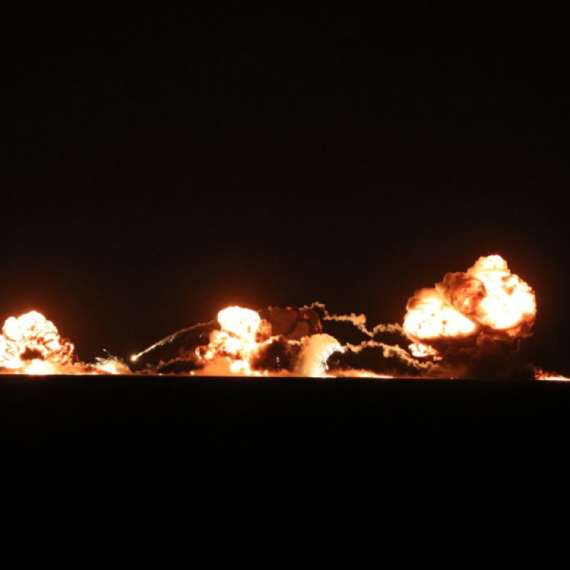
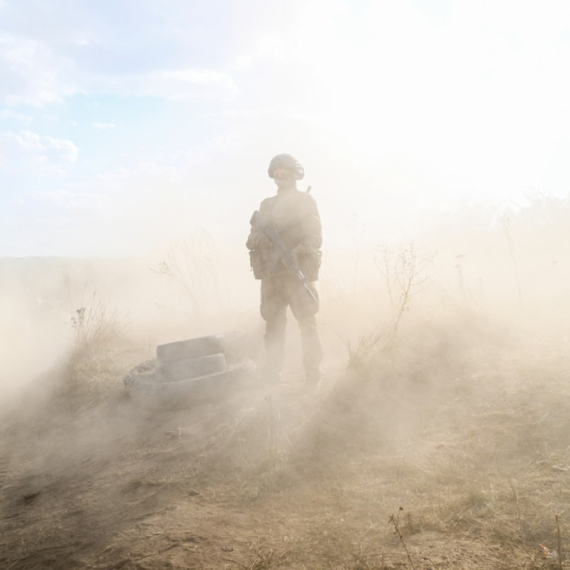
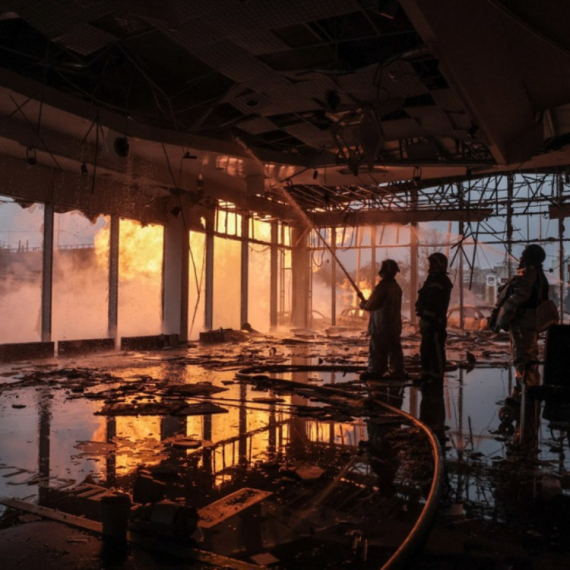
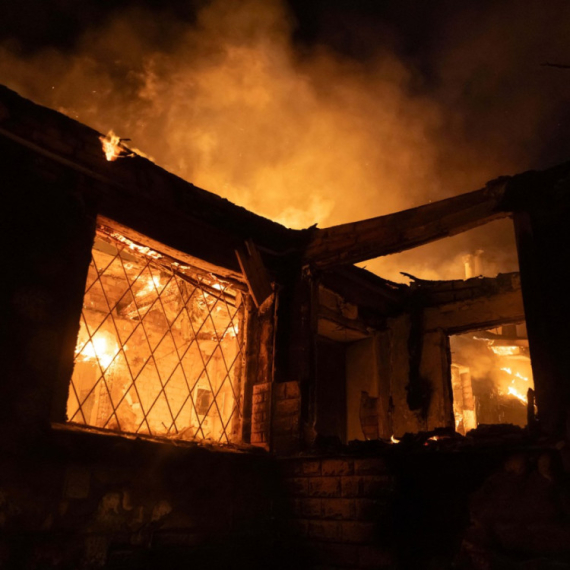




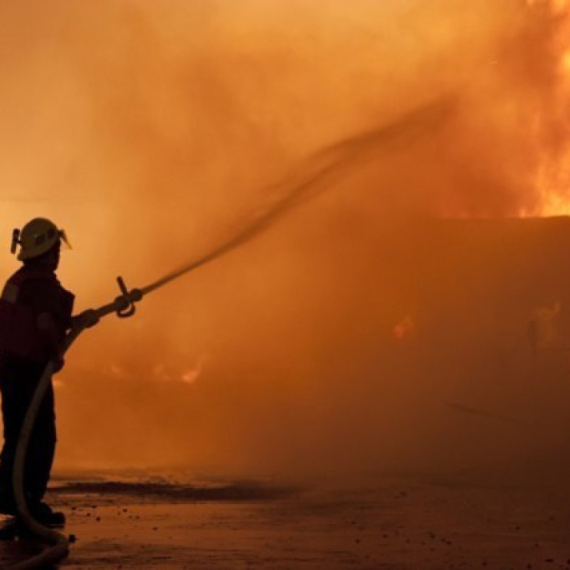


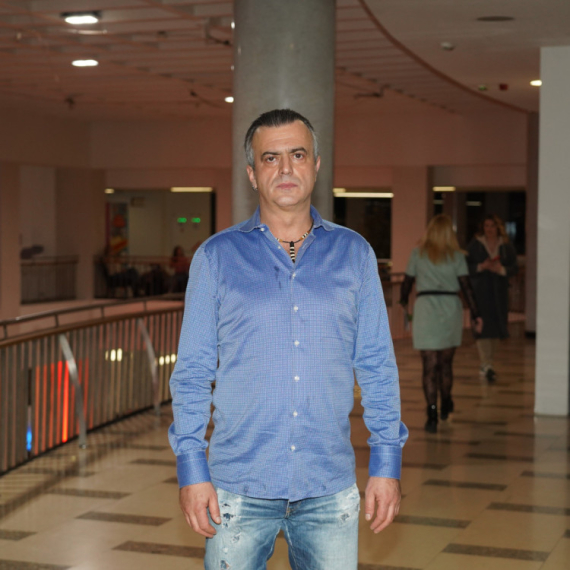

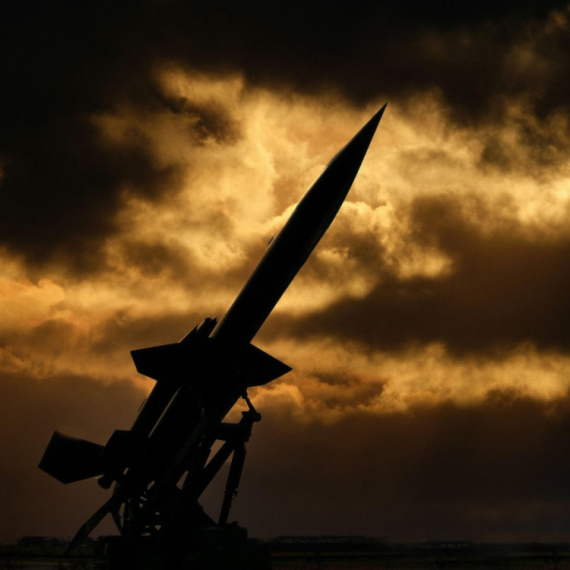
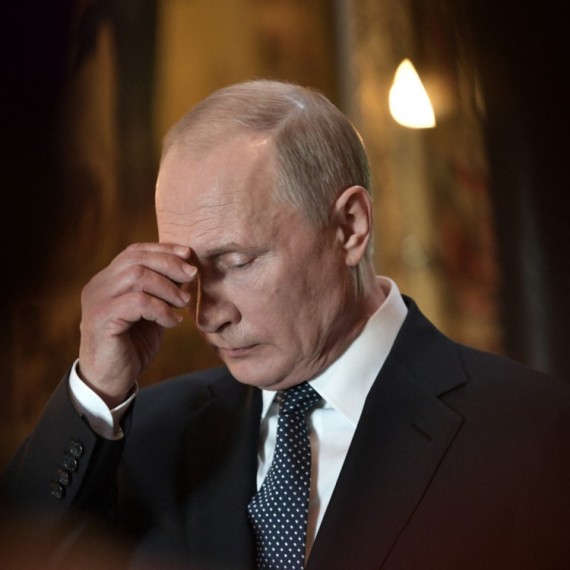
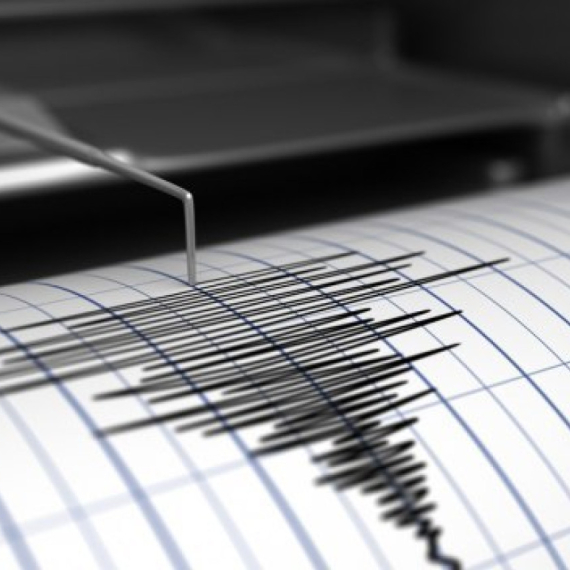
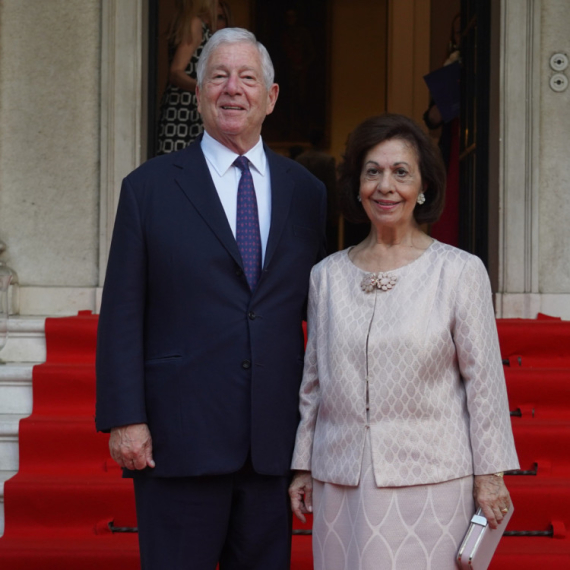








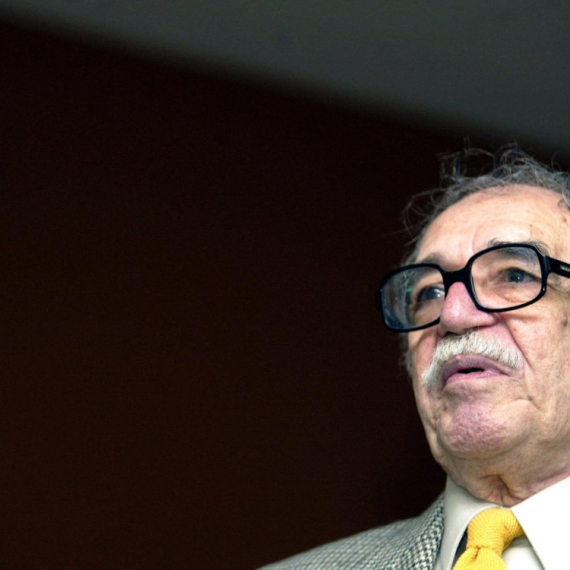









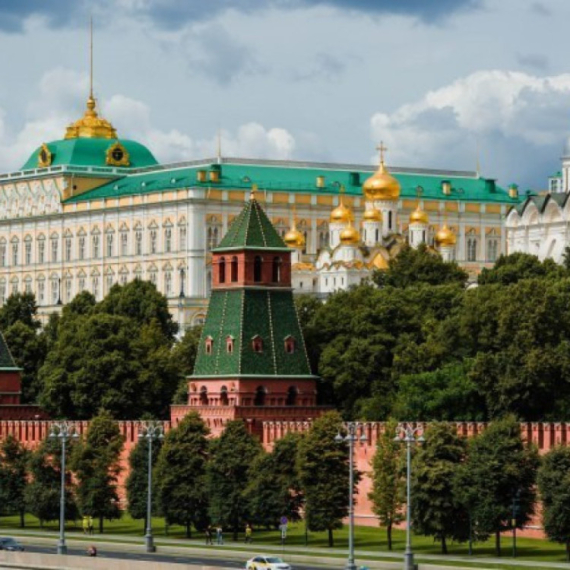


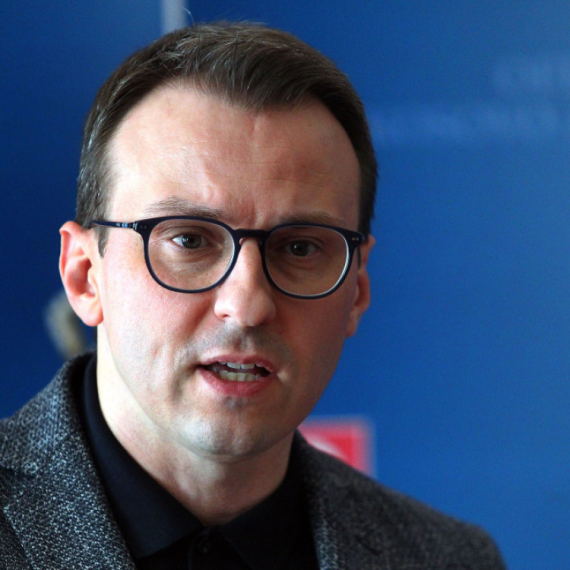
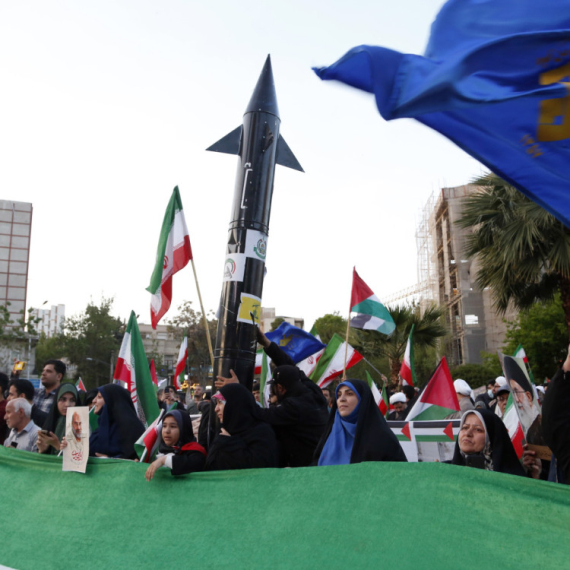












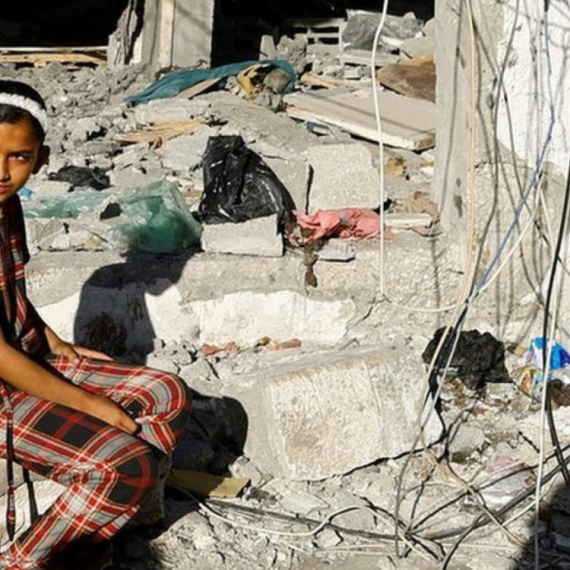
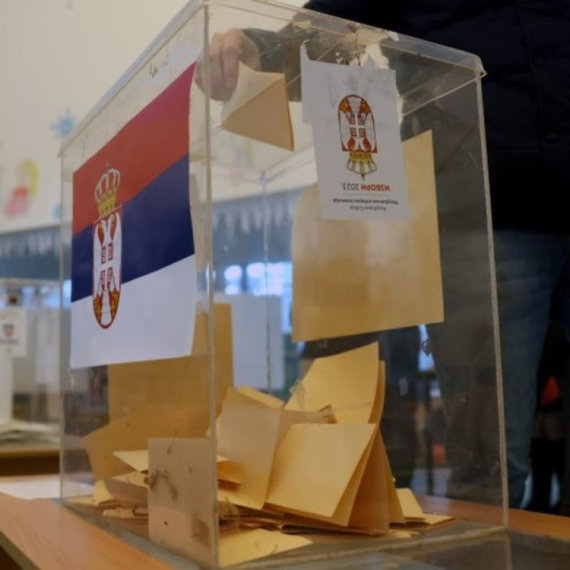
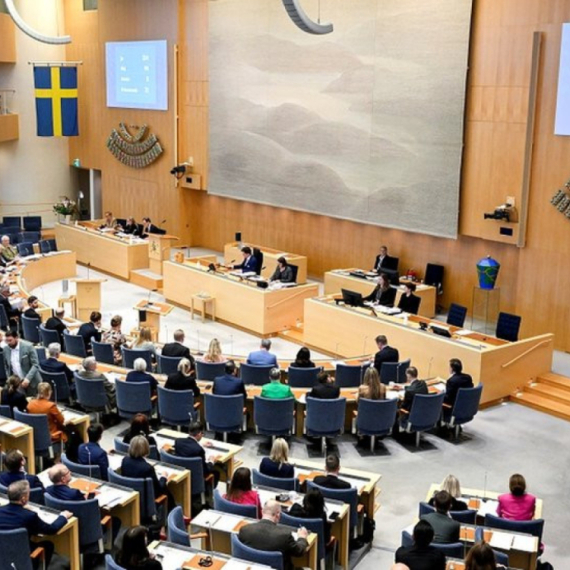

Komentari 1
Pogledaj komentare